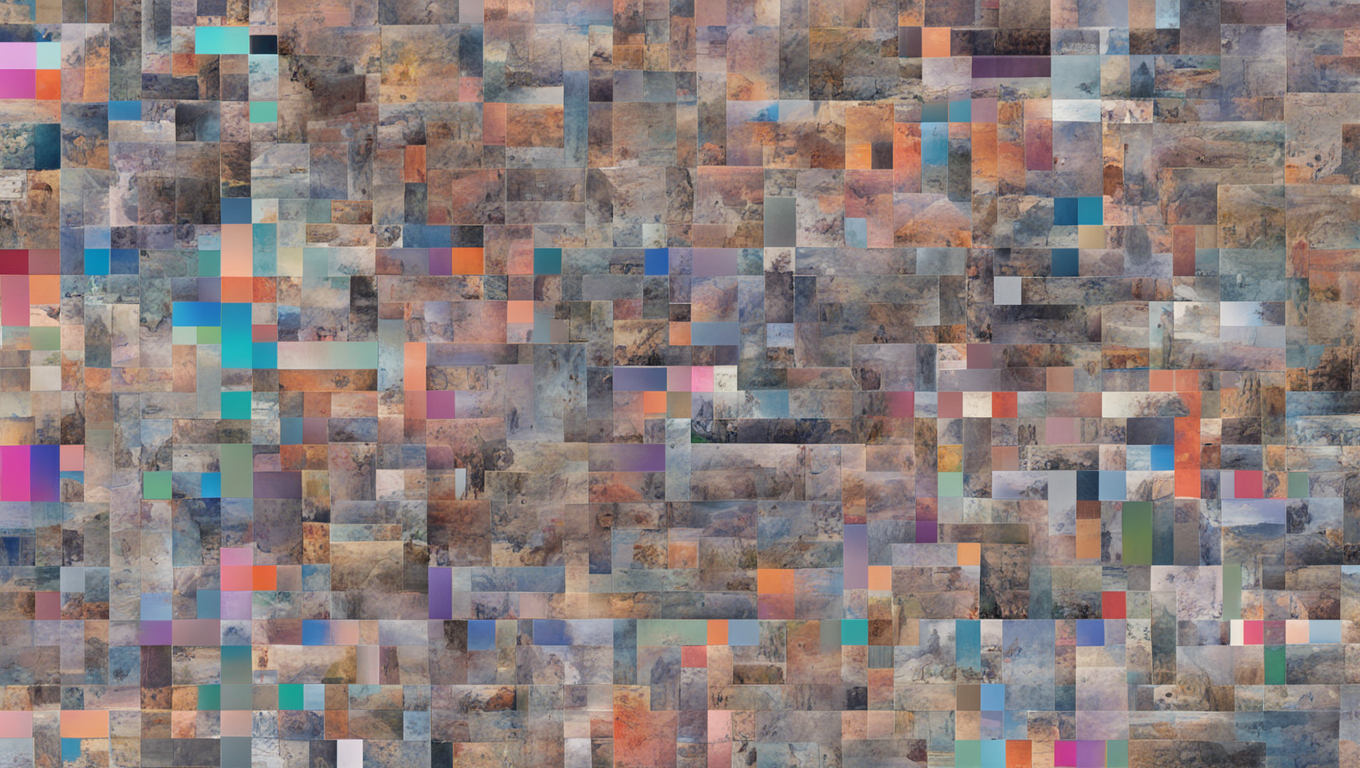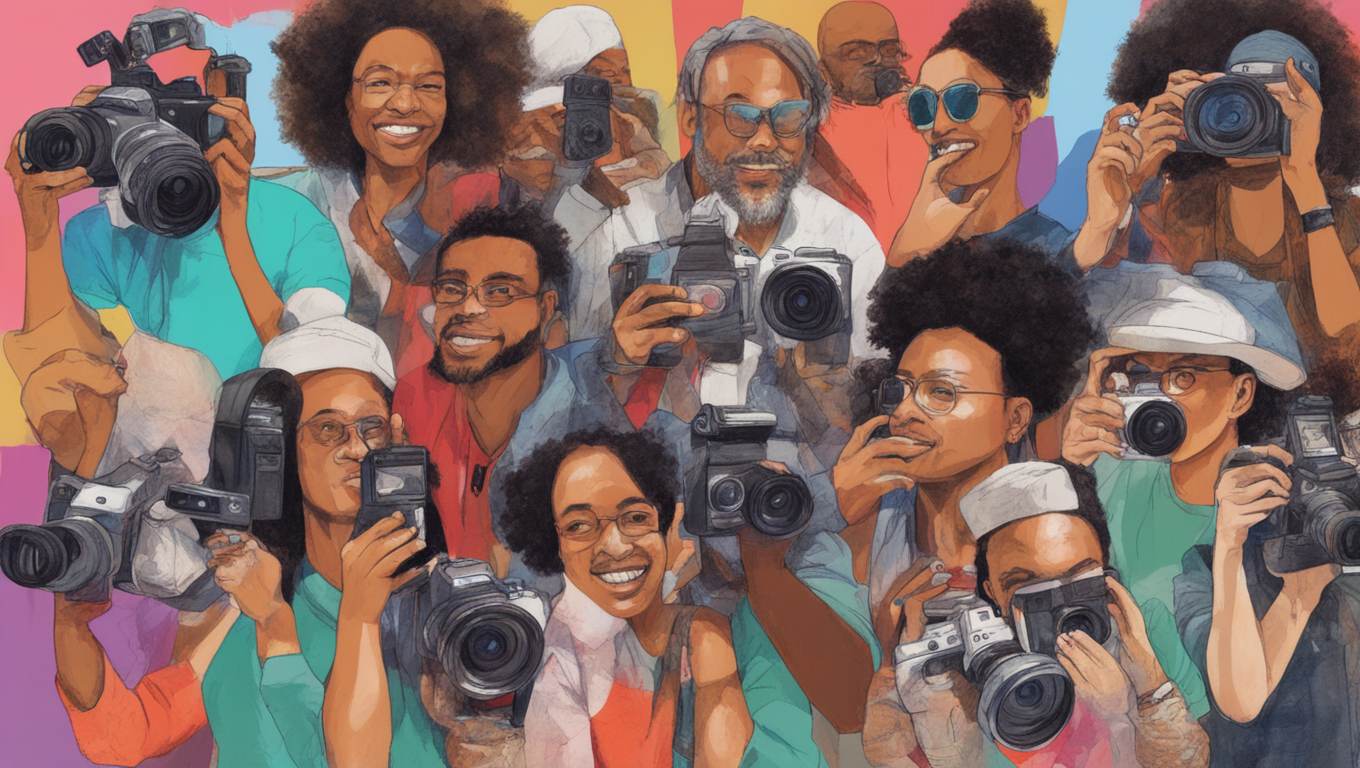In the race to develop the best text-to-video AI model, a new player has entered the field. Haiper, a company founded by former members of Google DeepMind, TikTok, and top research academia labs, has unveiled its own text-to-video model. This comes just weeks after OpenAI launched its own AI model, Sora.
Haiper’s model is a powerful AI driven by a perceptual foundation, designed for the new path towards artificial general intelligence (AGI). The founders believe that creativity should be fun, surprising, and shareable, and have built Haiper as an all-in-one visual foundation model to enable anyone, with or without technical training, to generate high-quality video content easily.
The founders of Haiper, Yishu Miao and Ziyu Wang, are alumni of DeepMind and have PhDs in Machine Learning from Oxford University. They began working on their venture in 2021 and formally incorporated the company in 2022. Miao previously worked at TikTok’s Global Trust & Safety team, while Wang was a research scientist for Google and DeepMind.
Haiper offers various tools such as text-to-video, animated static images, and video repainting tools. Users can log in to the website and start generating videos for free by typing in text prompts. Currently, the model can generate HD videos spanning 2 seconds, with slightly lower-quality videos extending up to four seconds.
A test prompt of “Dog using an iPhone while surfing in the desert” resulted in a fairly accurate two-second video, featuring a bulldog on a skateboard holding an iPhone vertically, wearing sunglasses. However, upon closer inspection, there were some imperfections such as the dog’s tail appearing to melt onto the skateboard and the sand looking like creased fabric. Overall, the output was hyper-realistic but with room for improvement.
One limitation of Haiper’s current tool is its short video length, but the company plans to extend the video outputs in the future. Currently, Haiper is focused on building a consumer-centric website and has not yet released details about the model being used. The company is actively seeking feedback from developers who try its closed API and plans to develop and release a series of large trained models in the coming months.
While OpenAI’s Sora is not yet available to the public, Haiper is allowing users to try its tool for free on its website. However, the company faces stiff competition from industry giants like OpenAI and Google.
Haiper’s entry into the text-to-video AI model space brings exciting possibilities for creative video content generation. As the company continues to refine its model and expand its offerings, it remains to be seen how it will compete in this rapidly evolving field.





Use the share button below if you liked it.